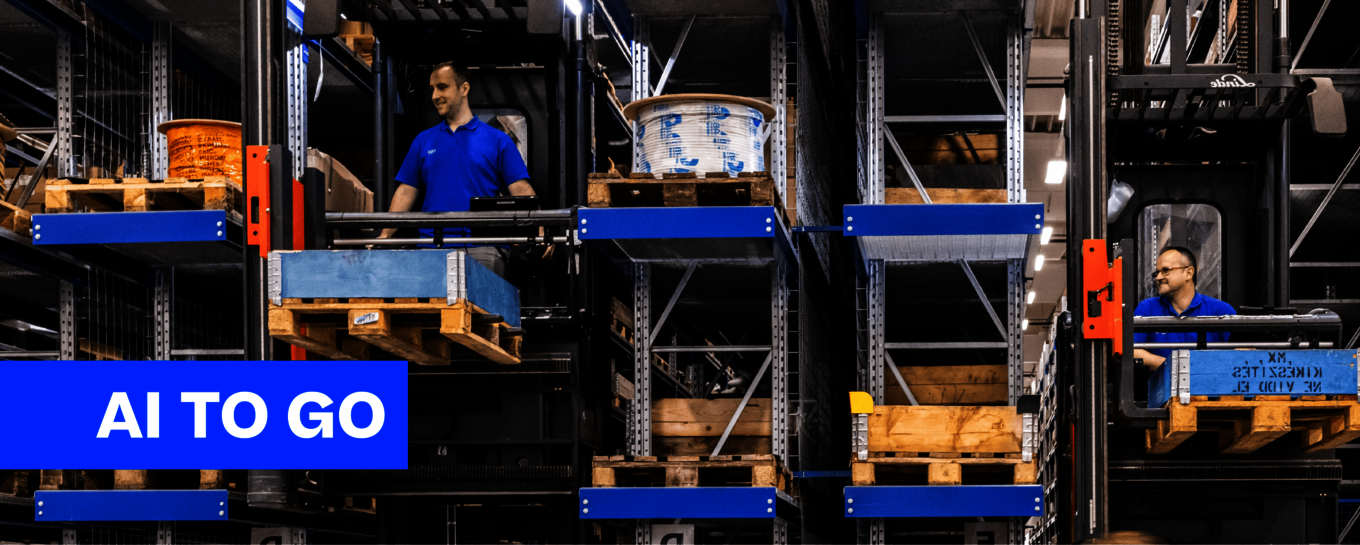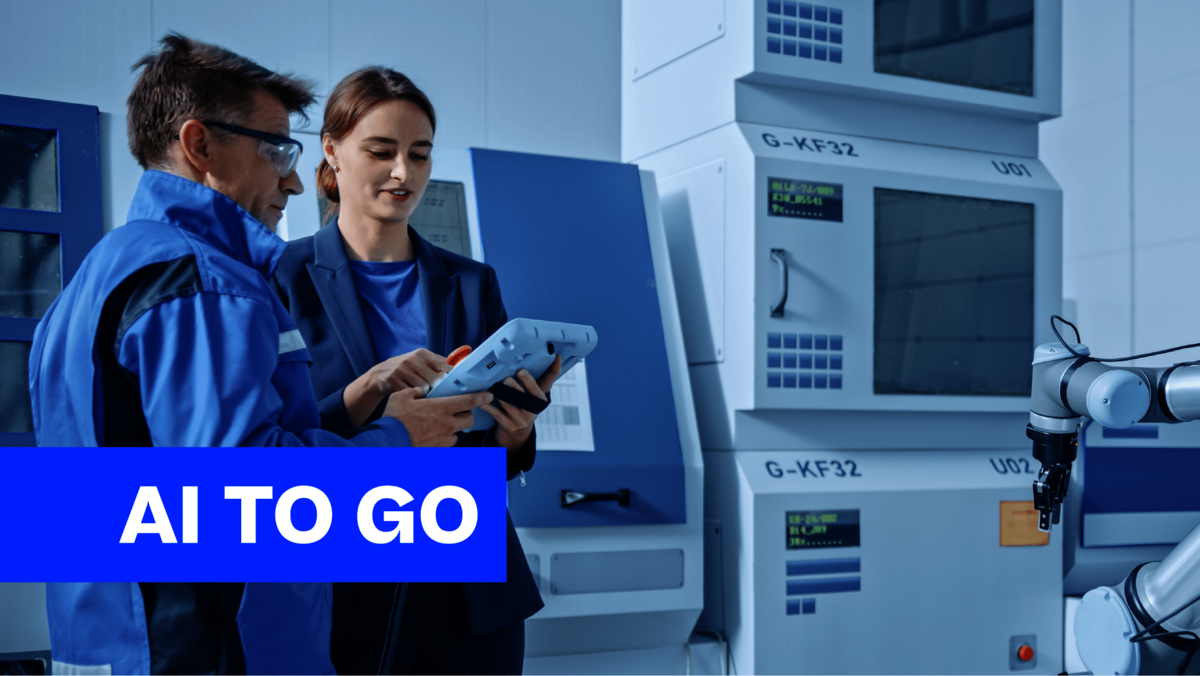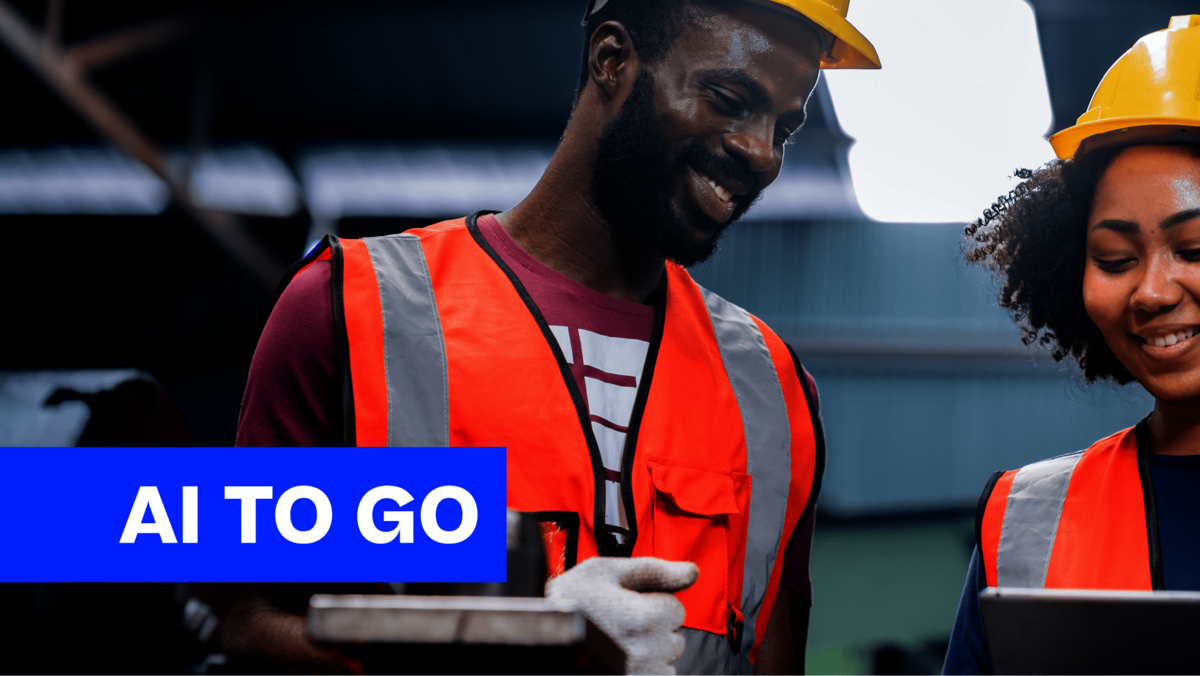In the future, AI will be able to influence all processes along the value chain; I am firmly convinced. Today, data is generated and accumulates almost everywhere, and missing data points can be collected with appropriate sensors. But where to start? In my opinion, we should ask ourselves: Honestly, where does AI really make sense and is it also economical to optimize logistics processes this way? Data processing costs storage and server capacities, and the development of corresponding applications can require significant investments.
Automated warehouse management, the core of Körber's Business Area Supply Chain, will also benefit from AI, whether by optimizing individual machines, entire warehouse management systems or the control of internal material flows. Especially in automated warehouses, there are plenty of different data sources – the questions are: Where exactly do we start? When and where does the use of AI-supported applications lead to added value?
It is crucial to build appropriate expertise within the company to precisely identify processes that can be optimized by AI to add real value.
One such application from Körber's digital portfolio is "Operator Eye" – this application supports the machine operator of our LayerPicker, a palletizing solution. Camera systems take photos and videos of the automated depalletizing process, the visual information is analyzed by an AI.
The situation: Misplaced plastic foil often triggered sensors, which then stopped the machine. In the past, machine operators had to physically enter the line and investigate what exactly triggered the stop. After the foil was identified, operators would then manually restart the line.
The solution: an AI (Operator Eye) automatically conducts the three steps, reducing the time to restart the machine to three seconds per operation, whereas it was at least two minutes of manual work. Camera-based data collection will enable us to optimize other process steps and create additional added value. We are also working on transferring the technology to other machines from our Supply Chain portfolio.





